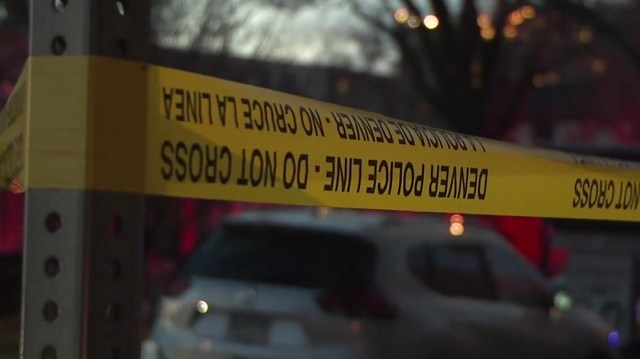Gunfire Erupts Near Denver Park: One Victim Caught in Lowry Sports Complex Shooting

A tense evening unfolded in Denver on Tuesday night as law enforcement rushed to the scene of a shooting in the 8500 block of East Lowry Boulevard. The Denver Police Department swiftly responded to the incident, marking another critical moment in the city's ongoing efforts to address urban violence. Residents in the area were likely startled by the sudden police presence as officers worked to secure the location and investigate the circumstances surrounding the shooting.
